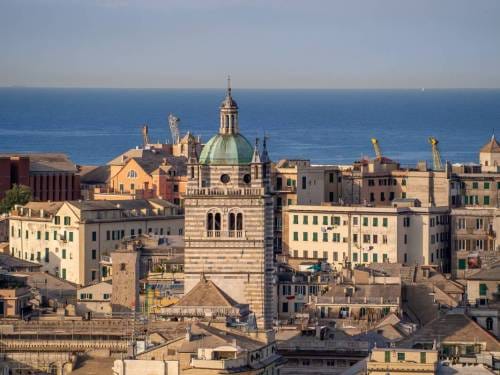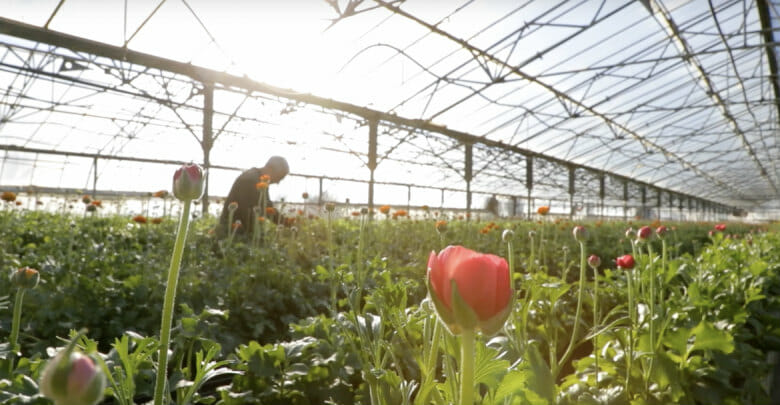Ventimiglia is a small Italian town, 30 minutes away from Monaco, just on the border of France and Italy. It is mainly known for its small but colorful food market (Mercato) open every day of the week. A selection of fresh vegetables and herbs, sundried tomatoes, huge bags of pasta, clusters of smoked sausage and ham, chunks of parmesan and pecorino, the freshest catch of the day, glossy fruits, condiments and spices – this is what Ventimiglia grocery market is all about. Not only it offers a wide choice, but also, good prices, significantly different from neighboring Monaco.

But God forbid you to come here on Friday, the market day. That’s when the food market spontaneously unfolds its clothing section and merchants set up their tents with all kinds of stuff.
In high season this market is open from early morning until late evening (it closes about lunchtime in the winter). It stretches for almost a kilometer along the sea walk. On the “market day”, the little quiet Ventimiglia is transformed into a bustling town, with lots of people coming by train and car from neighboring Italy and France. It is so busy, no room to swing a cat. Most goods are made in China, but some come from small Italian manufacturers as well.

But the market is not the only attraction of Ventimiglia. The narrow streets of its old town are full of charm, freshness and undiscovered cultural heritage. You will find beautiful scenery and ancient buildings, some of them touched up with a layer of paint over the rough bits inflicted by time.
Once you walk through the New Gate into the old town with its ancient 8th century church, named after the patron of Ventimiglia Secundus of Asti, you would feel like the time has stopped here. Via Pignone would take you to the castle walls overlooking the Roya river valley. It offers a breathtaking view of the Alps and Esterel mountains. The picturesque, postcard-like streets of Ventimiglia breathes an atmosphere of a perpetual holiday.

Ventimiglia is a port on the Ligurian sea located 7 kilometers away from the French border. It stands on both banks of the Roya river flowing into the Ligurian Sea.
In the 2nd century BC the city was conquered by the Roman consul Marcus Aemilius Scaurus. During the Year of the Four Emperors (68-69 BC), it became a confrontation arena for the emperors Otho and Vitellius and was then devastated by barbarian invasions.
In the 10th century, the Italian King Berengar II made his son Conrad, Count of Ventimiglia. Later on, the city was ruled alternately by the counts and its own citizens. The Republic of Genoa became its worst enemy attacking the city in 1271 and capturing its governor, the troubadour, Luca Grimaldi.

Ventimiglia eventually became Genoese in 1505, after its possession was alternately claimed by the House of Savoy and Kings of Naples.
As to the medieval rulers, in 1261 the Count of Ventimiglia married the daughter of the Nicene Emperor, Theodore II Lascaris. In memory of their imperial origins, their descendants were named Lascari di Ventimiglia.
Travelers will certainly be attracted by the medieval part of the city, with its Romanesque church of San Michele and the ancient baptistery.
Adjacent to the city is the Botanical Garden, planted in the 1860s by the Englishman, named Hanbury.
The local town hall has an impressive collection of archaeological antiquities.

Ventimiglia also happens to be a major railway node between Italy and France. This is where all Riviera hiking travelers change trains.







